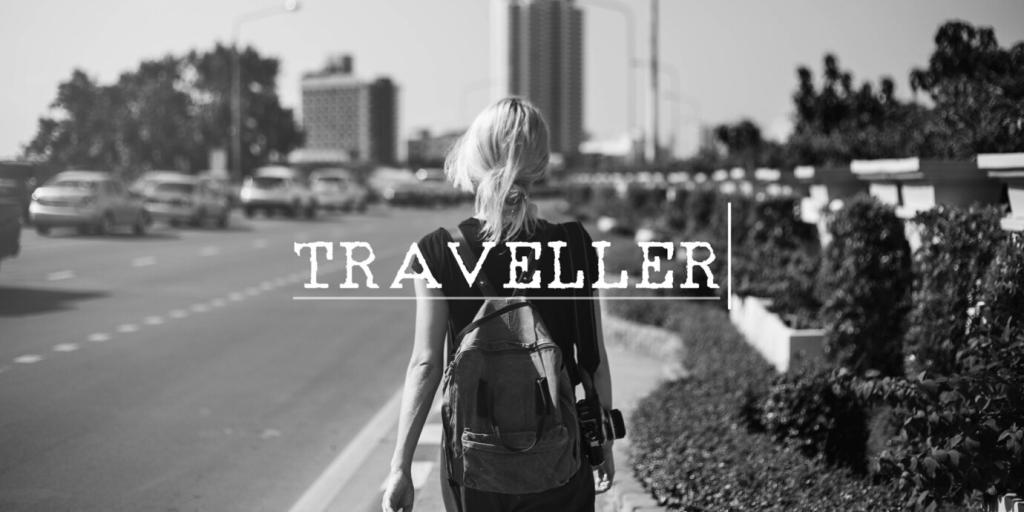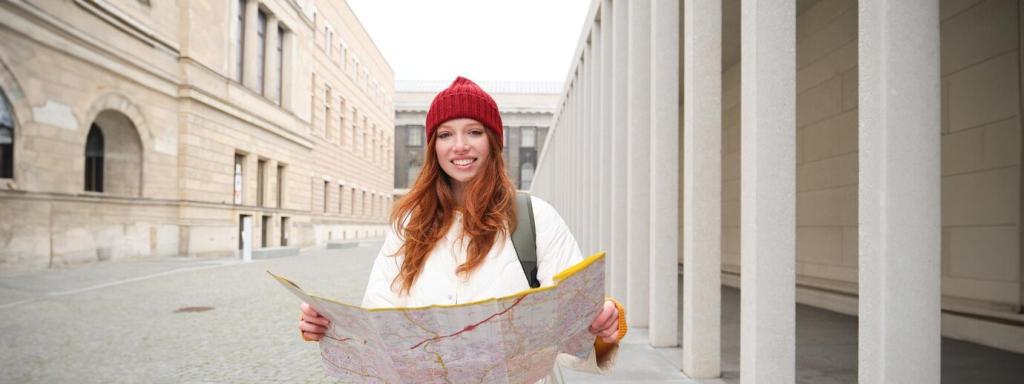Create, Share, Sustain: Your First Steps
Prime a plywood panel or unused canvas and test gradients, letterforms, and stencils. Photograph experiments outdoors to see colors under real light. Share your practice setup, and tell us which tools delivered the biggest leap in confidence and control.
Create, Share, Sustain: Your First Steps
Draft a simple proposal with sketches, timeline, and cleanup plan. Approach a café, library, or school. Invite neighbors to paint backgrounds. Post your call for volunteers, and ask subscribers to vote on a theme that reflects local stories honestly.
Create, Share, Sustain: Your First Steps
Choose low-VOC paints, reuse trays, and safely dispose of cans. Get written permission before you paint. Encourage dialogue with nearby residents. Comment with your sustainability hacks so more murals can thrive without leaving heavy footprints behind.










